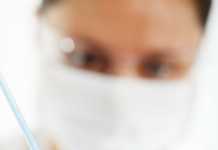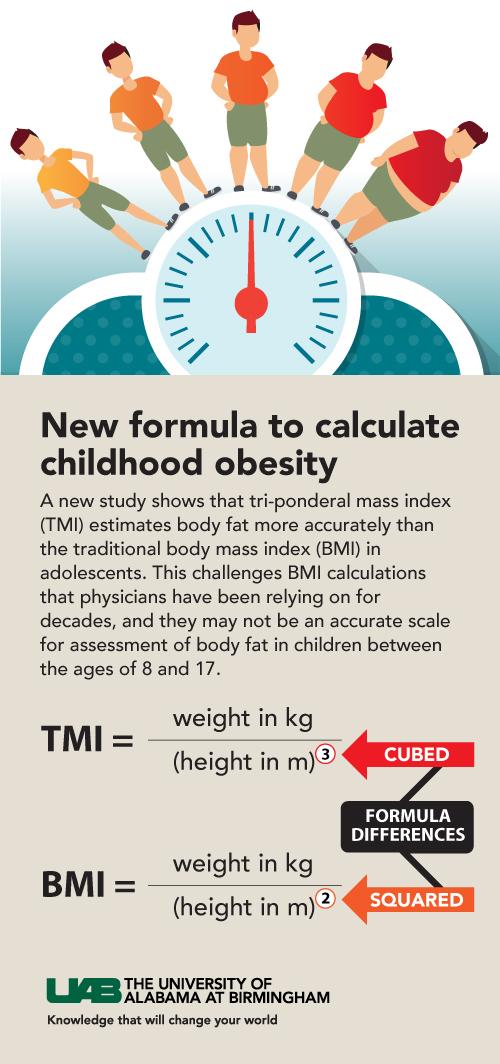DURHAM, N.C. - November 2002 - For the first time, Duke University Medical Center researchers have demonstrated that exercise -- without accompanying weight loss -- has a positive impact on improving cholesterol levels.
Furthermore, they report that it is the amount of activity, and not necessarily any changes in fitness or intensity of exercise, that is important for cholesterol improvement. In the process of their studies, the Duke researchers also demonstrated that the standard lipid panels used by doctors to measure the so-called "bad" LDL and "good" HDL forms of cholesterol do not necessarily provide the most accurate information in determining one?s risk of developing heart disease.
The results of the Duke study, published today (Nov. 7, 2002) in the New England Journal of Medicine, show that exercise has a positive effect on the number and size of the particles that carry cholesterol through the bloodstream.
Cholesterol is an energy-rich fat, or lipid, that must "attach" to protein particles in order to circulate throughout the bloodstream and nourish tissues. This combined cholesterol-protein unit is known as a lipoprotein, and abnormal levels of these lipoproteins have been linked to the progression of atherosclerosis and heart disease.
"It appears from our study that cholesterol carried by smaller, denser protein particles appear to cause cardiovascular disease more efficiently than cholesterol carried by large, fluffy particles," said Duke cardiologist William Kraus, M.D., who led the study.
Continue Reading Below ↓↓↓
"We showed that increasing amounts of exercise increased the size of the particles carrying both the good and the bad cholesterol," Kraus continued. "By using new methods of measuring the particles carrying cholesterol, we found that some exercise is better than no exercise, and conversely, those patients in the control group who did not exercise actually showed worsening cholesterol levels."
According to Kraus, past studies of exercise?s effects on cholesterol have been unable to find a link because the measurements were based on the standard lipid levels as opposed to the actual cholesterol-carrying particles.
"This study had to be done because there was very little scientific information indicating whether or not exercise training would have beneficial effects on cholesterol when conducted in a state-of-the art, randomized fashion, comparing individuals who exercised to those who did not," Kraus said.
For example, exercise guidelines issued recently by the Centers for Disease Control and Prevention and the National Academy of Science are based more on expert opinion and consensus than data gained from controlled clinical studies, Kraus said.
The study, which is still studying patients, was funded by a $4.3 million grant from the National Heart, Lung and Blood Institute. One-third of the patients in the study were enrolled at East Carolina University (ECU), with the rest enrolled at Duke. Joseph Houmard, Ph.D., led the ECU portion of the study.
The results are based on the analysis of blood cholesterol changes in 84 sedentary overweight men and women with elevated lipid levels who were randomized to one of three different exercise groups: high-amount/vigorous intensity (the caloric equivalent of 20 miles of jogging per week); low-amount/vigorous intensity (equivalent of jogging 12 miles per week); and low-amount/moderate intensity (equivalent of walking briskly for 12 miles per week). Importantly, Kraus said, the group included significant numbers of African-Americans, as well as equal numbers of men and women.
"While several studies have shown that low intensity exercise can improve lipoproteins, the data from this study, taken together with other research, suggests that if there is an exercise intensity effects on lipids, it is small compared to the much clearer role that the amount of exercise plays," Kraus said.
In order to determine the role of exercise alone, participants were not allowed to change their diet during the course of the study. Each participant followed a two- to three-month "ramp-up" exercise period, followed by six months of exercise, which was carried out on cycle ergometers, treadmills or elliptical trainers in a supervised setting.
Throughout the course of the study, researchers took blood samples from participants, and then used two new and different methods to determine the subtle and specific changes in cholesterol particle size and number.
While Kraus, an ardent proponent of the benefits of exercise, believed that it would have a beneficial effect on cholesterol, he was most surprised by what appeared to happen to the control group that did not exercise during the course of the study.
"We were actually surprised that the individuals who did not exercise deteriorated as rapidly as they did in measurements of blood cholesterol, weight gain and overall health," he said. "This is characteristic of what is happening to the American population. So if we can get these people exercising, perhaps we can prevent bad things from happening."
Continue Reading Below ↓↓↓
Kraus believes that during the next 10 years, physicians will gradually move away from using the standard lipid profile tests and begin to look more closely at particle size to determine their patients' risk for heart disease. According to Kraus, inactivity ranks closely behind smoking as the greatest risk factor for heart disease, and like smoking cessation, exercise is a lifestyle modification proven to protect the heart.
"Exercise can be a very powerful way of reducing risk, not only by improving lipids as our study has shown, but also by having a positive effect on glucose levels and mood modification," he said. "We should understand that patients do not need to lose weight or focus so much on the scale, but they do need to exercise to decrease their risk of heart disease."
Joining Kraus in the study were, from Duke, Cris Slentz, Ph.D., Brian Duscha, Kenneth Knetzger, Connie Bales, Ph.D., Sarah Henes and Gregory Samsa, Ph.D. From ECU, other team members were Michelle Wharton and Jennifer McCartney.
James Otvos, Ph.D., from LipoScience, Inc., Cary, N.C., and Krishnaji Kulkarni, Ph.D., from Atherotech, Inc., Birmingham, Ala., were also members of the team. LipoScience and Atherotech developed the two different technologies for analyzing the blood samples. Kraus has no financial interest in either company.
Source: Duke University Medical Center









